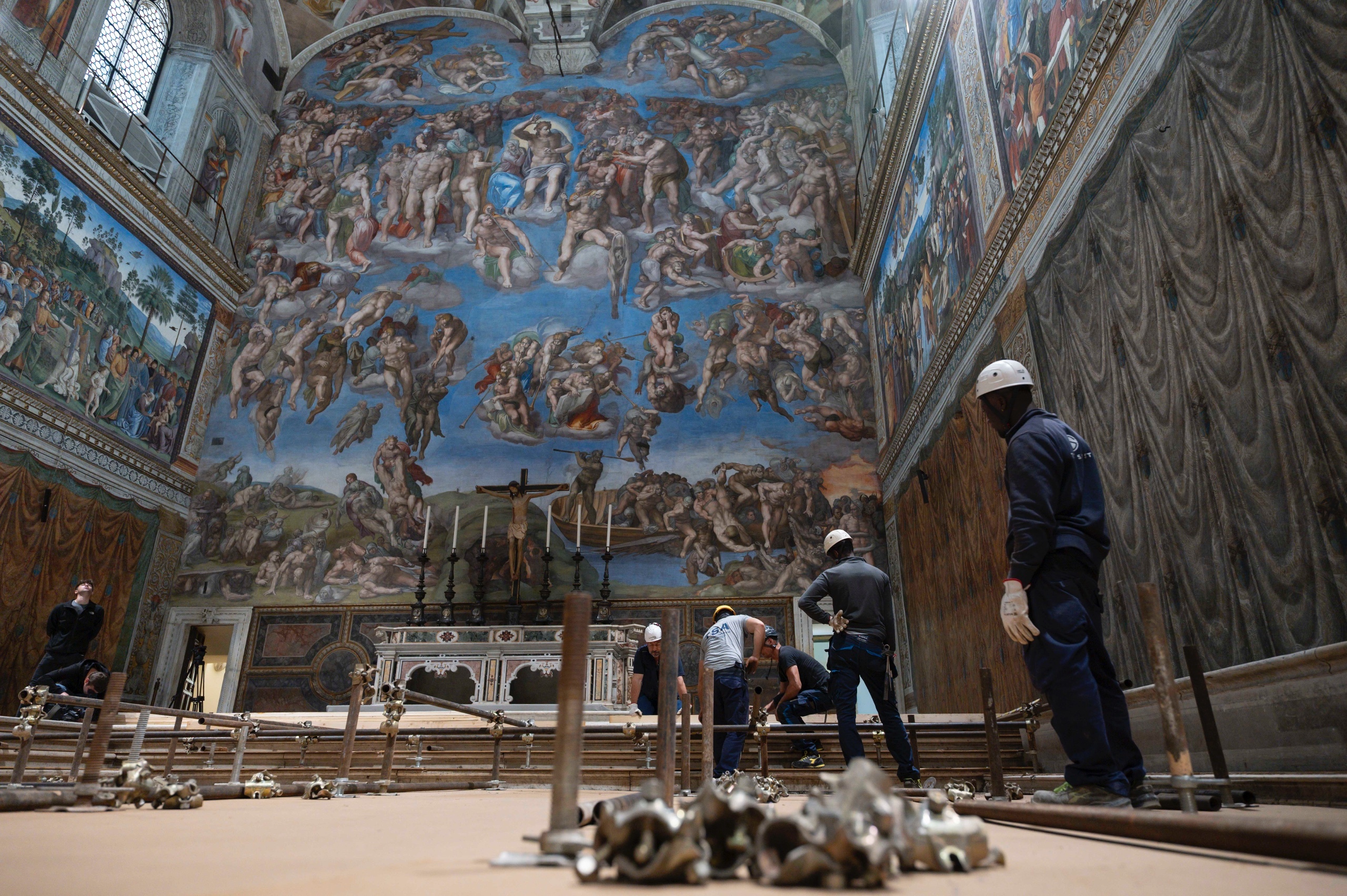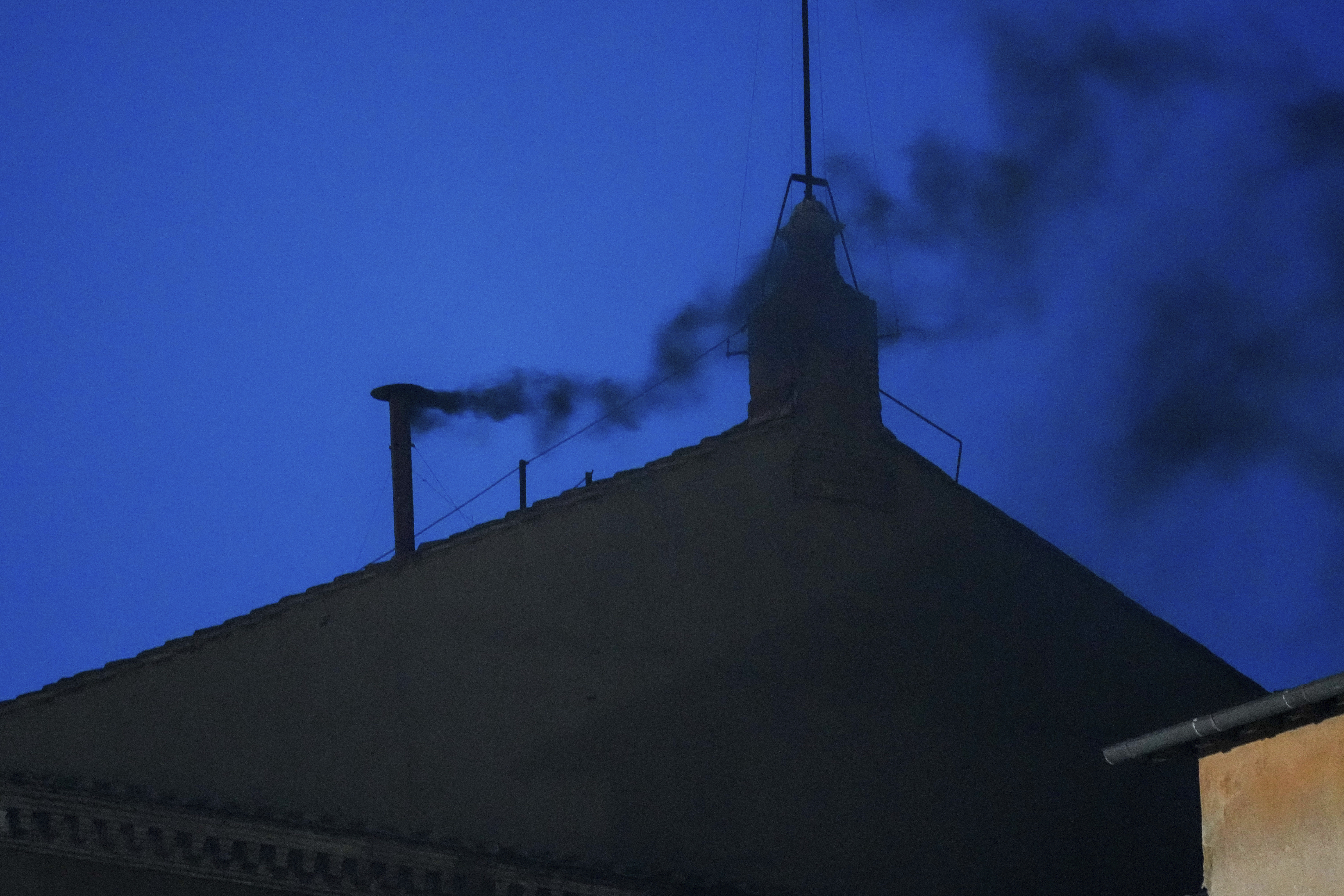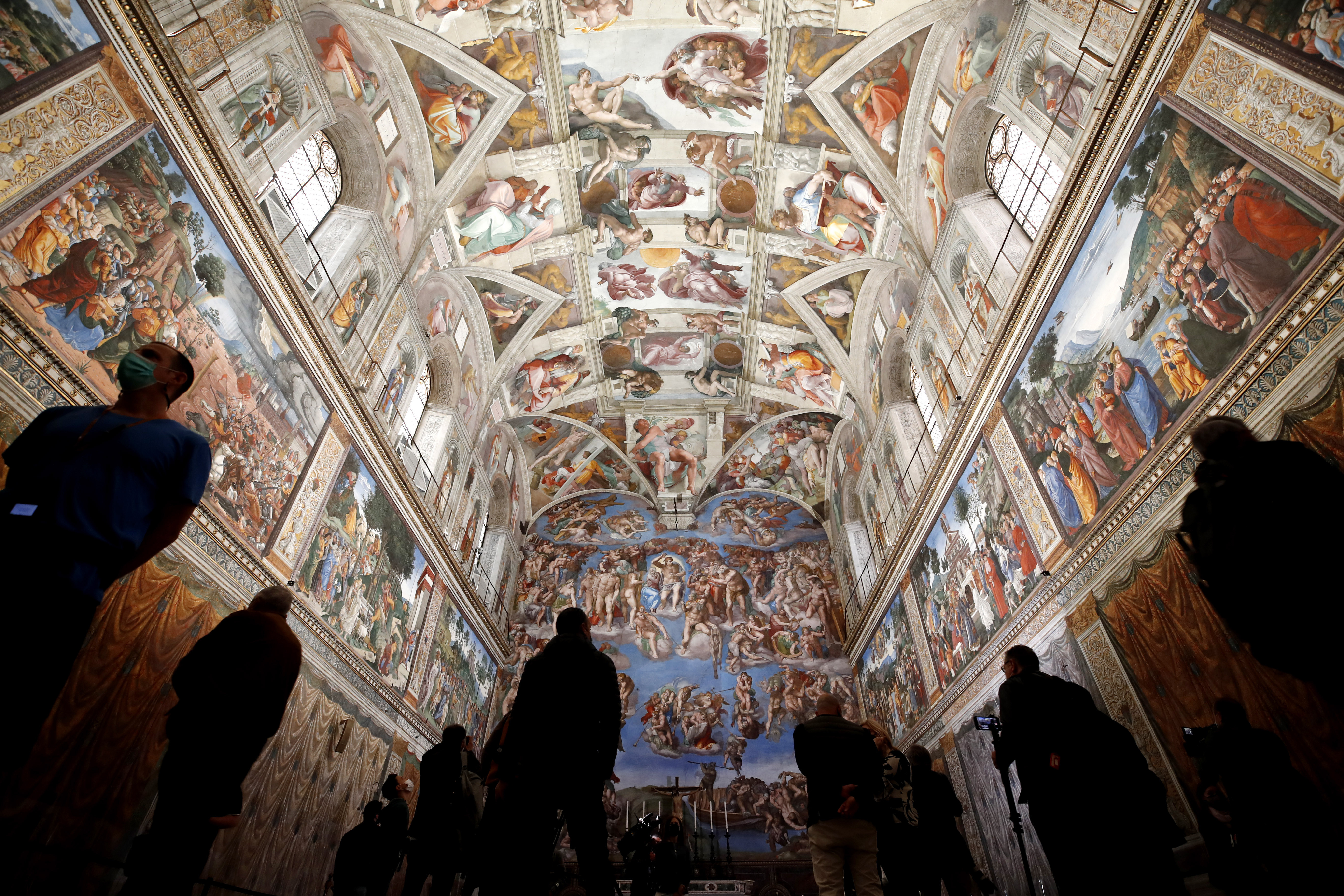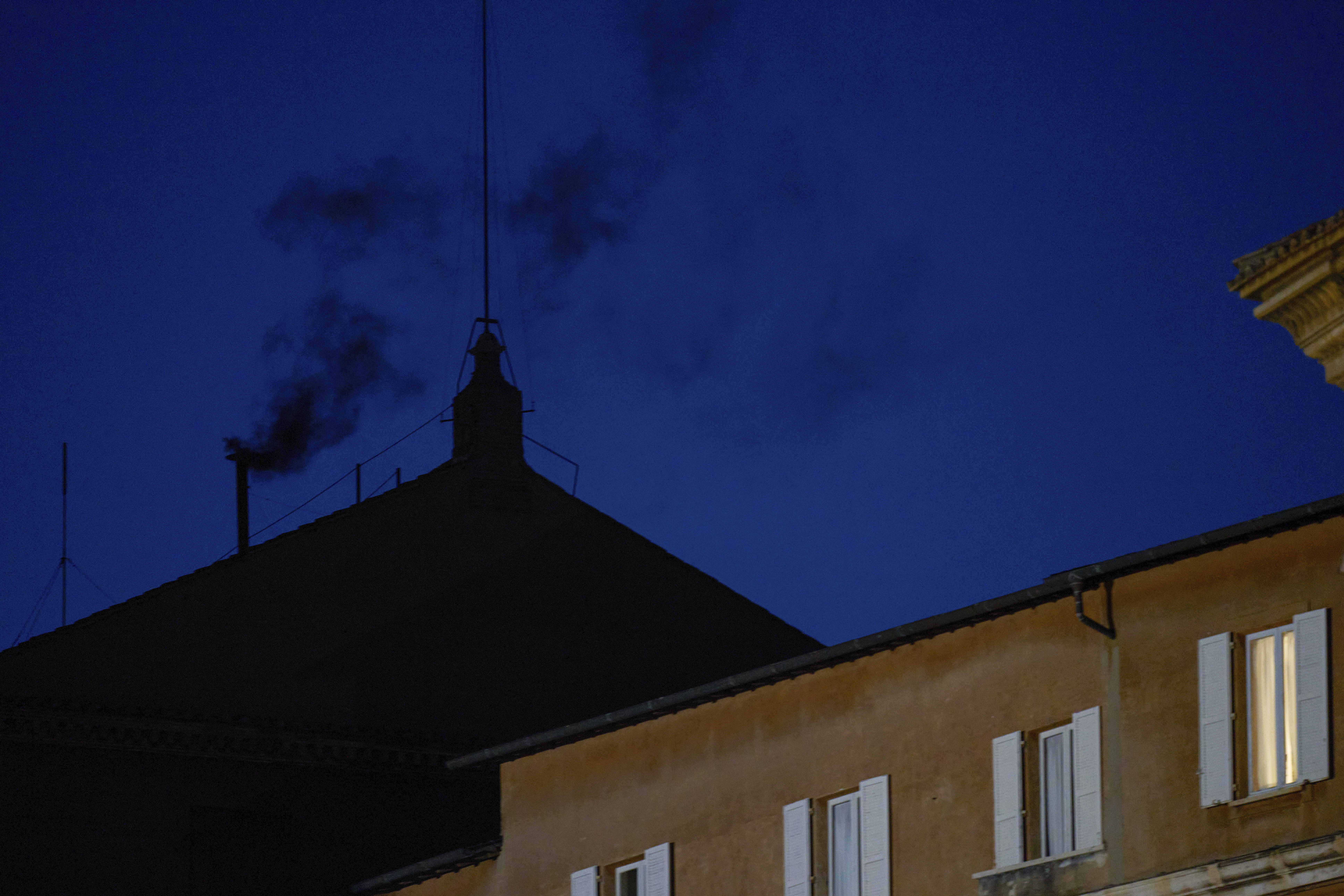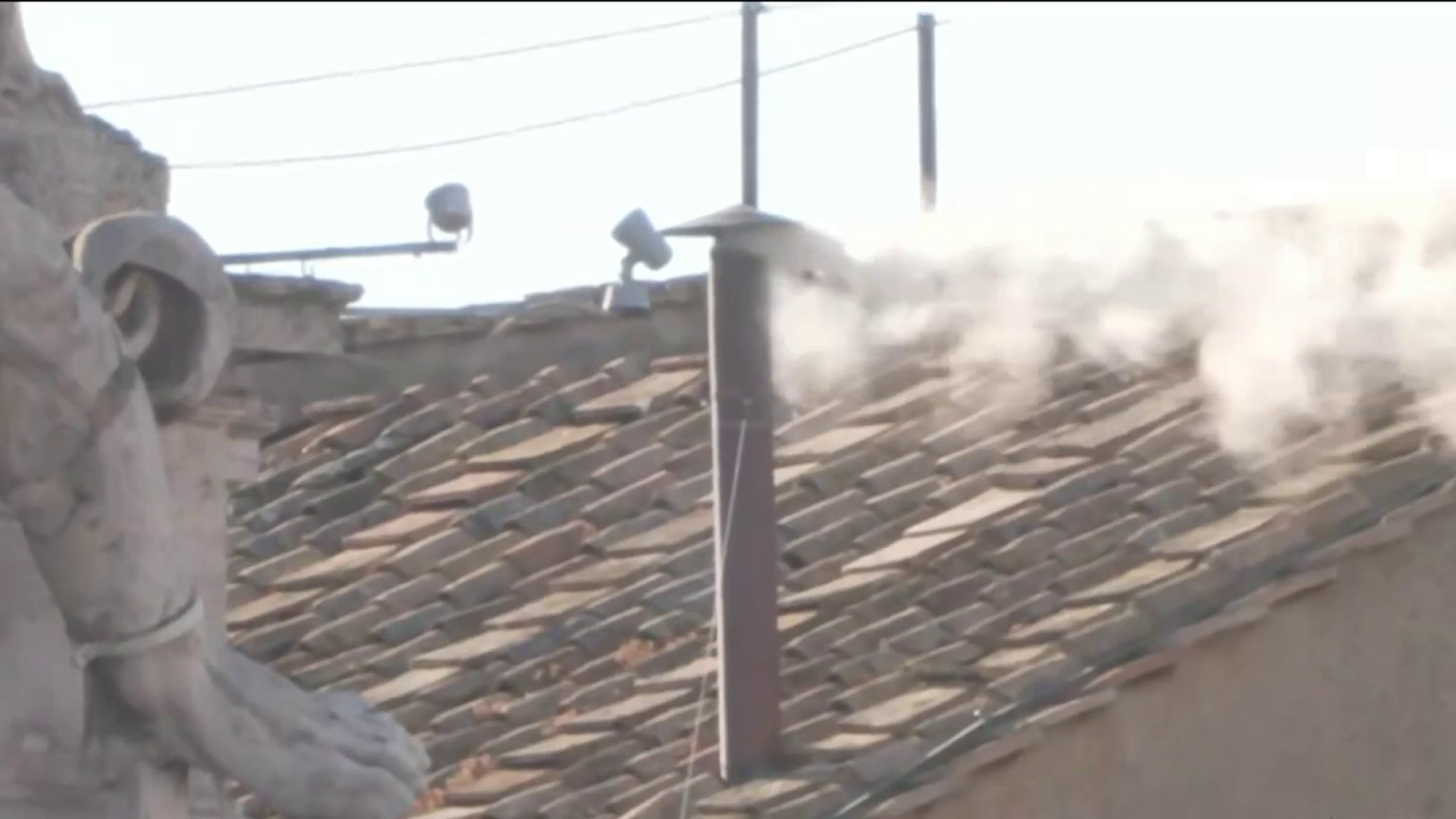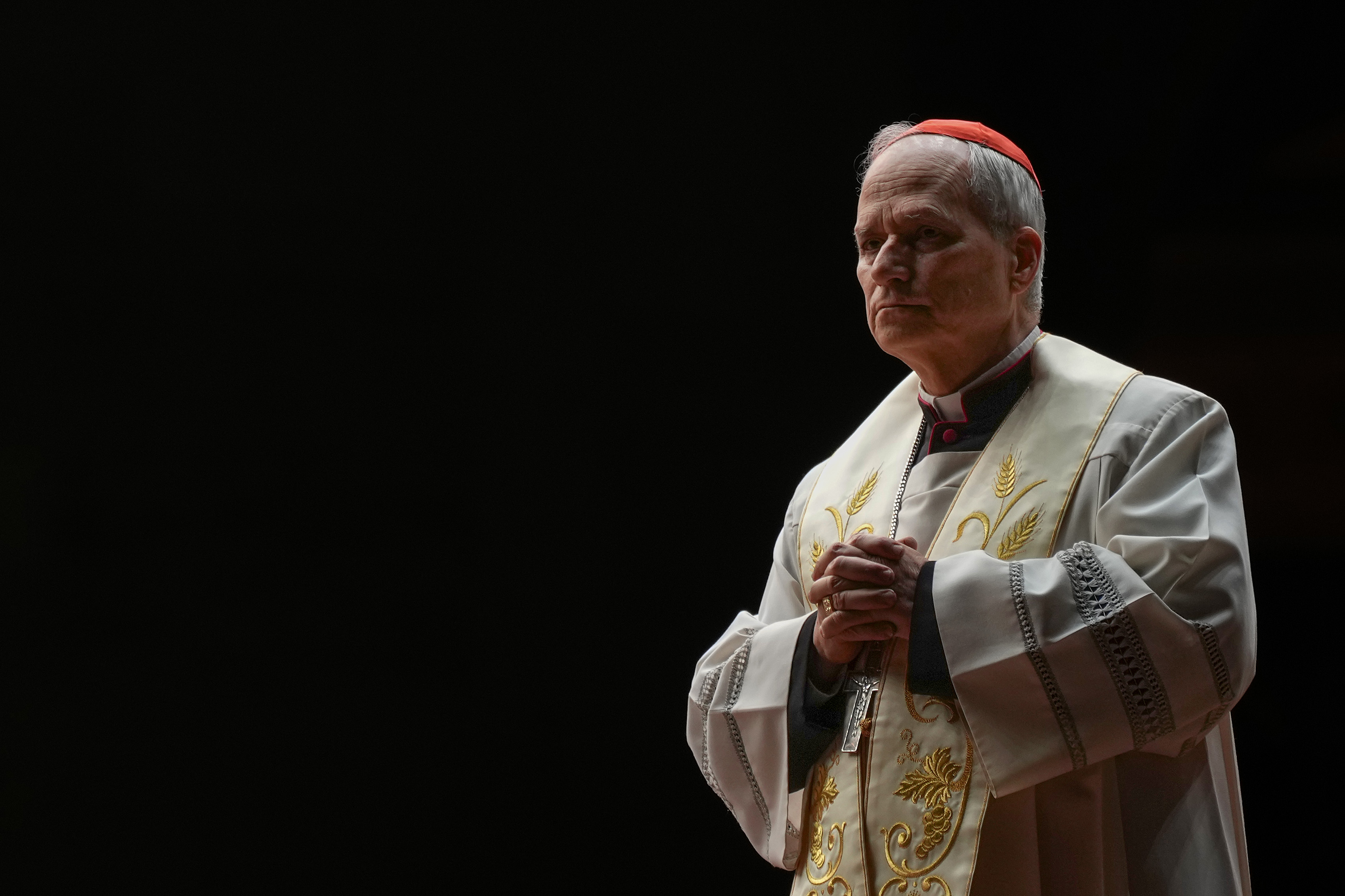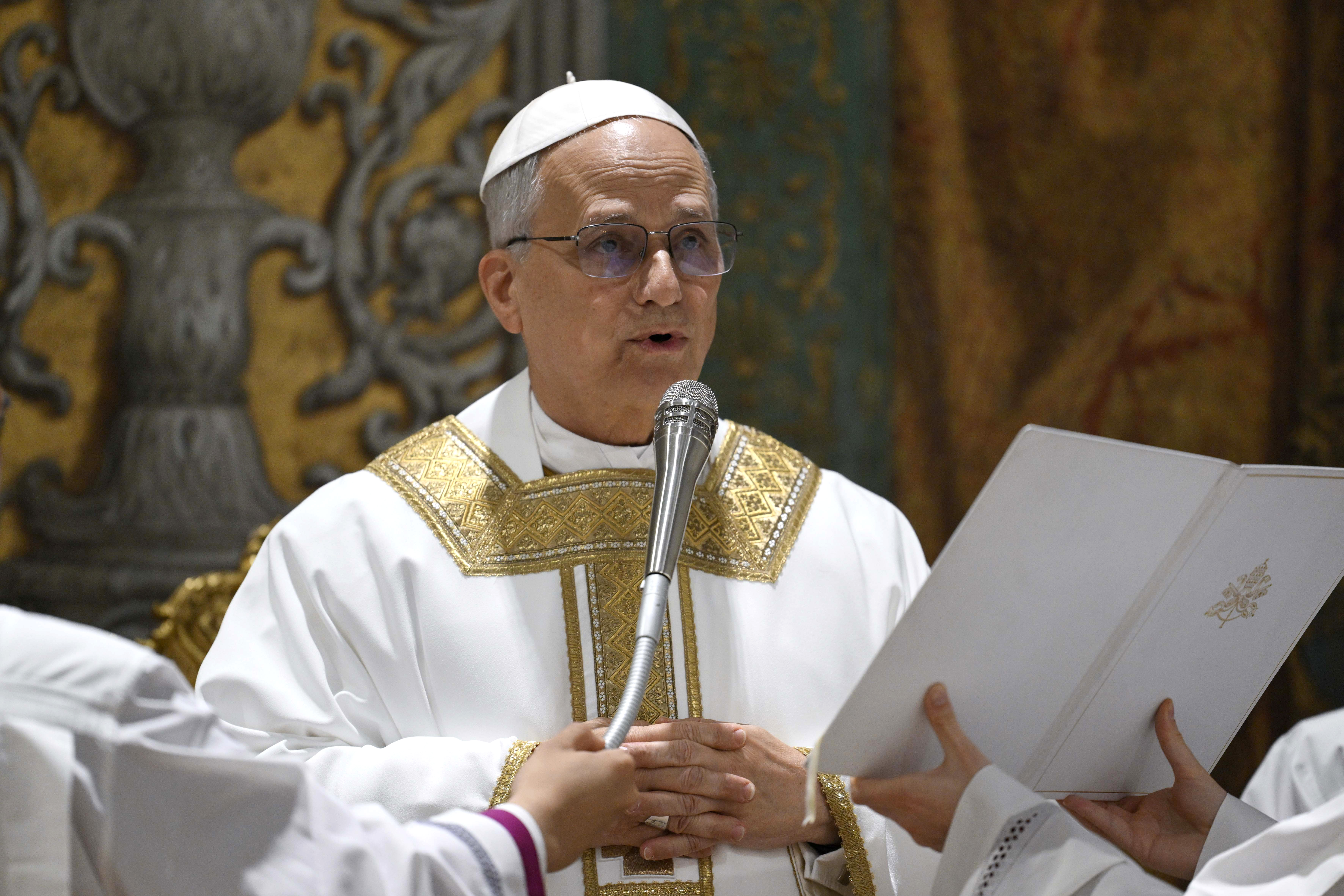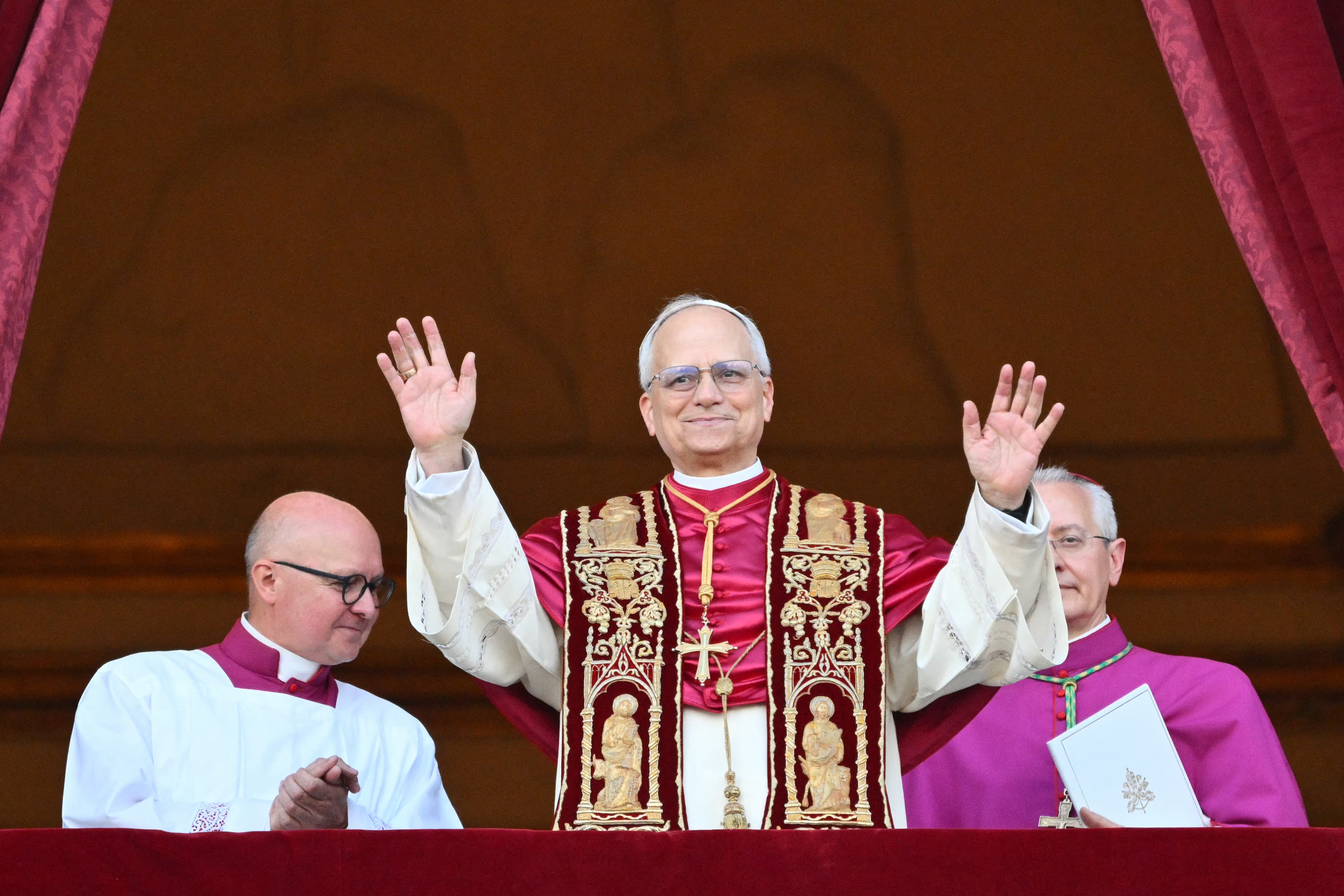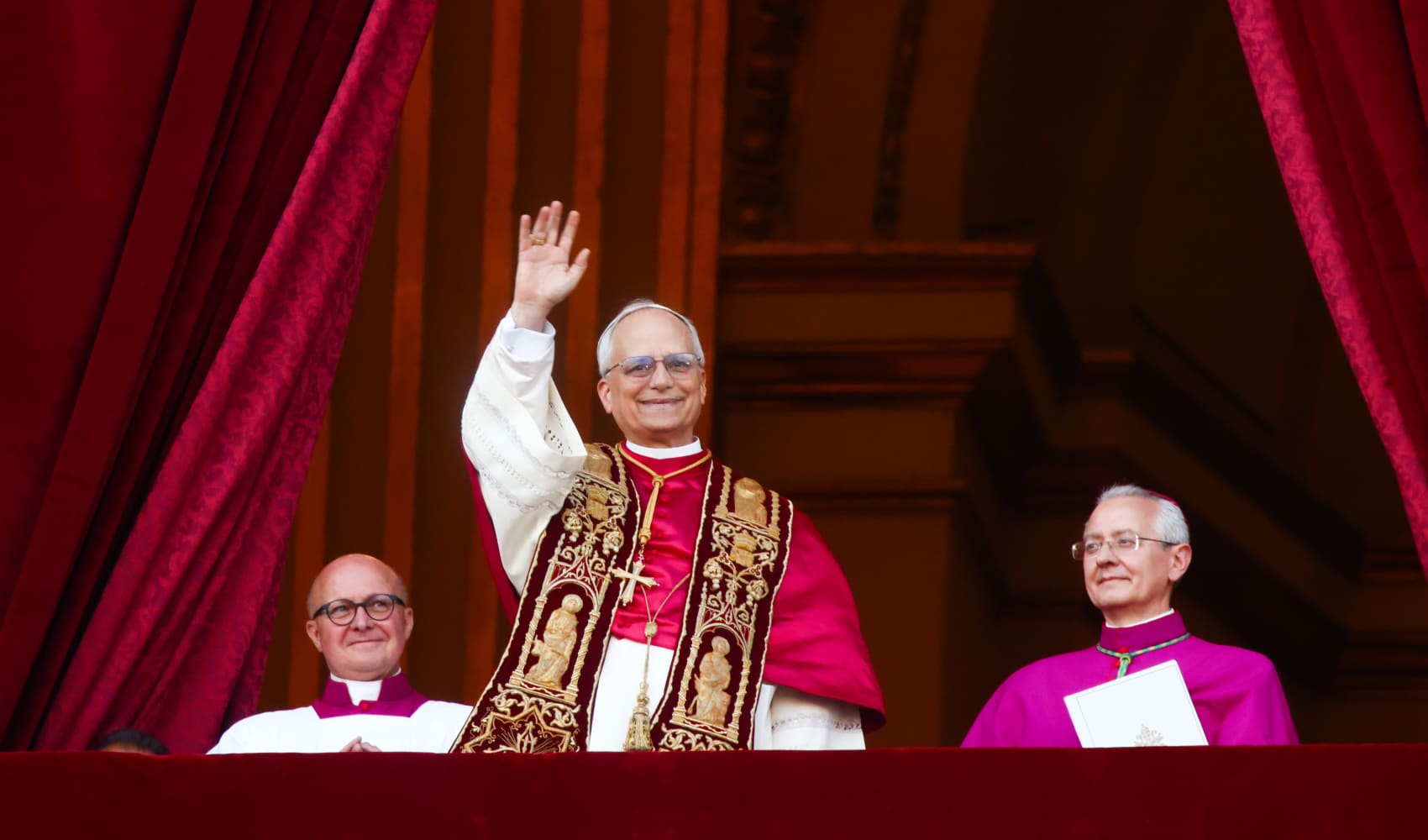Vatican Conclave: Staff Oath, Secrecy, & Excommunication Threat
Vatican Conclave: Silence is Golden (Or Else!)
Introduction: A Sacred Vow of Secrecy
Imagine being surrounded by some of the most influential figures in the Catholic Church, knowing that the future of the papacy rests, in part, on your shoulders. Now, imagine taking an oath – a serious, no-joke, excommunication-level oath – to keep everything you see and hear completely secret. That’s the reality for the Vatican staff as the conclave approaches. But why all the fuss? What's so important that even cleaners and cooks are sworn to silence?
The Silent Army: More Than Just Cardinals
It's not just the cardinals who are bound by solemn vows. As the highly anticipated conclave nears, the inner workings of the Vatican are a hive of activity, buzzing with anticipation and shrouded in secrecy. But who is involved? Cleaners, cooks, doctors, nurses, drivers, and even elevator operators – a whole army of support staff. The Vatican understands that absolute secrecy is paramount to ensure the integrity of the papal election. And, believe me, they mean business!
Excommunication: The Ultimate Penalty
The penalty for breaking this sacred oath? Automatic excommunication. This isn’t just a slap on the wrist; it’s a spiritual severing from the Church, a consequence that underscores the gravity of the situation. Think of it like the ultimate NDA, but with far more eternal implications.
Who Takes the Oath? A Diverse Group
Vatican spokesman Matteo Bruni announced that around 100 people took the oath in the Pauline Chapel. But who exactly are these individuals? They include clerics in support roles, confessors fluent in multiple languages, and of course, the lay men and women responsible for the daily needs of the cardinals during their sequestered stay. It’s a surprisingly diverse group united by a single, weighty responsibility.
The Sistine Chapel: Where the Magic Happens
On Wednesday, the cardinals themselves will take their own oaths within the hallowed walls of the Sistine Chapel, a space steeped in history and artistry. This marks the official beginning of the conclave. As they stand beneath Michelangelo's masterpiece, they will swear to uphold the rules and procedures governing the papal election, guided by the Holy Spirit.
Seclusion: Cut Off From the Outside World
The chosen staff, like the cardinals, will be sequestered – cut off from the outside world. This is to prevent any external influence or leaks that could compromise the process. No social media, no news, no contact with family or friends. It's like being in a spiritual lockdown.
The Chimney: Awaiting the White Smoke
The duration of a conclave is notoriously unpredictable. It could be a matter of days, or it could stretch on for weeks. The only way the outside world will know when a pope has been elected is when white smoke billows from the Sistine Chapel chimney. Until then, it's a waiting game.
The Role of Confessors: Spiritual Support
Among the staff are confessors who speak different languages. This is crucial because the cardinals come from all over the world, and they need access to spiritual guidance and absolution during this intense period of discernment.
Behind the Scenes: Logistics of the Conclave
Housing and Feeding the Cardinals
An array of lay women and men are required to house and feed the cardinals. Think about it: providing meals, laundry services, and general support to these high-ranking officials, all while maintaining absolute discretion. It's a monumental logistical challenge.
Maintaining a Sterile Environment
Maintaining a sterile environment, both physically and informationally, is critical. Every precaution is taken to prevent leaks and ensure that the cardinals can deliberate freely and without outside pressure. Imagine the pressure of maintaining perfect secrecy while handling delicate information!
The Weight of Tradition: Centuries of Secrecy
The tradition of secrecy surrounding the conclave dates back centuries. It’s a reflection of the importance the Church places on the independence and integrity of the papal election. This tradition is not just about rules; it's about preserving the sanctity of the process.
Ethical Considerations: Why All the Secrecy?
Some might question the need for such extreme secrecy. Isn't transparency important? While transparency is generally a virtue, in this case, it's believed that secrecy protects the cardinals from undue influence and allows them to vote according to their conscience.
The Modern Conclave: Adapting to New Challenges
Combating Modern Technology
In today's digital age, maintaining secrecy presents new challenges. Steps are taken to prevent the use of cell phones, laptops, and other electronic devices that could compromise the process. Think Faraday cages and signal jammers, but on a spiritual mission!
Protecting Against Leaks and Interference
The Vatican is vigilant against potential leaks and interference from external sources. This includes everything from cyberattacks to attempts to bribe or intimidate cardinals. It's a high-stakes game of cat and mouse.
The Implications of a Breach: A Crisis of Faith
A breach of secrecy could have serious consequences, potentially undermining the legitimacy of the election and causing a crisis of faith within the Church. That's why the threat of excommunication is taken so seriously. It's not just about keeping a secret; it's about safeguarding the future of the papacy.
Conclusion: A Delicate Balance of Faith and Secrecy
The upcoming conclave is a complex and fascinating event, characterized by a delicate balance of faith, tradition, and secrecy. The Vatican staff, bound by their solemn oaths and the threat of excommunication, play a crucial role in ensuring the integrity of the papal election. As the world waits for the white smoke, we can only imagine the drama and intensity unfolding behind those closed doors. The silence, in this case, truly speaks volumes.
Frequently Asked Questions
Here are some frequently asked questions about the Vatican conclave and the oath of secrecy:
- What exactly is excommunication?
Excommunication is a severe ecclesiastical censure that excludes a person from the communion of believers and the sacraments of the Church. It's considered a grave spiritual penalty. - Why is secrecy so important during the conclave?
Secrecy is crucial to protect the cardinals from undue influence, pressure, or interference from external sources. It allows them to deliberate and vote freely, according to their conscience. - What happens if someone breaks the oath of secrecy?
The punishment for breaking the oath is automatic excommunication, meaning they are immediately separated from the Church. - How long does a conclave typically last?
The duration of a conclave is unpredictable. It can last from a few days to several weeks, depending on how quickly the cardinals reach a consensus. - How will the world know when a new pope has been elected?
The election of a new pope is signaled by white smoke rising from the Sistine Chapel chimney. Before the white smoke, black smoke is burned to indicate that no decision has been reached.
